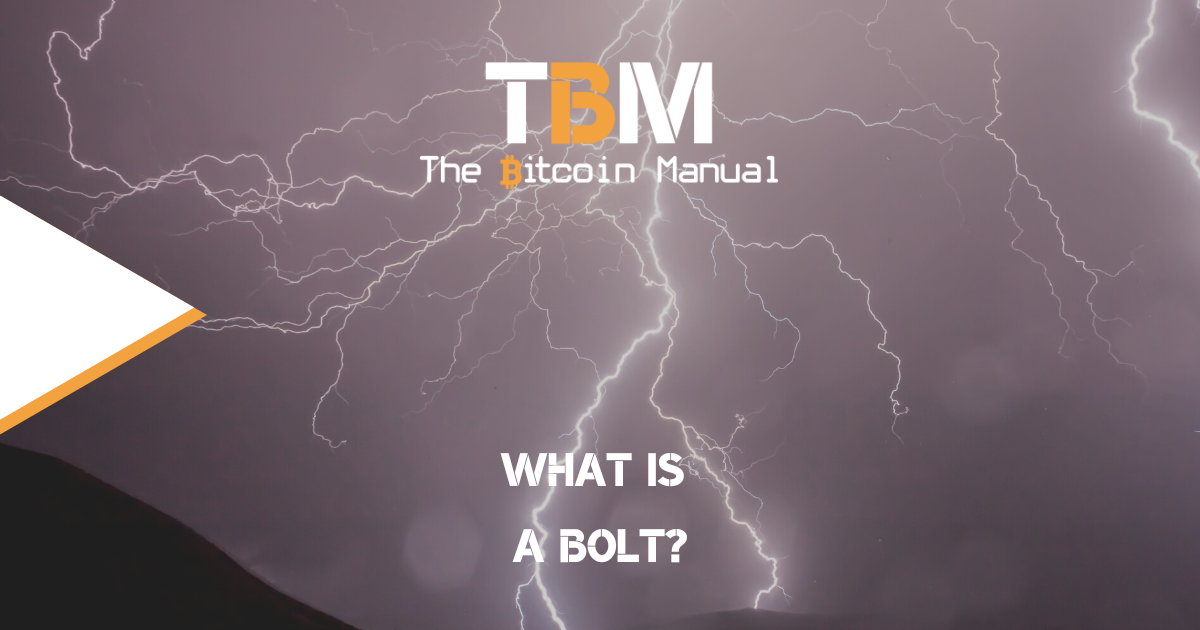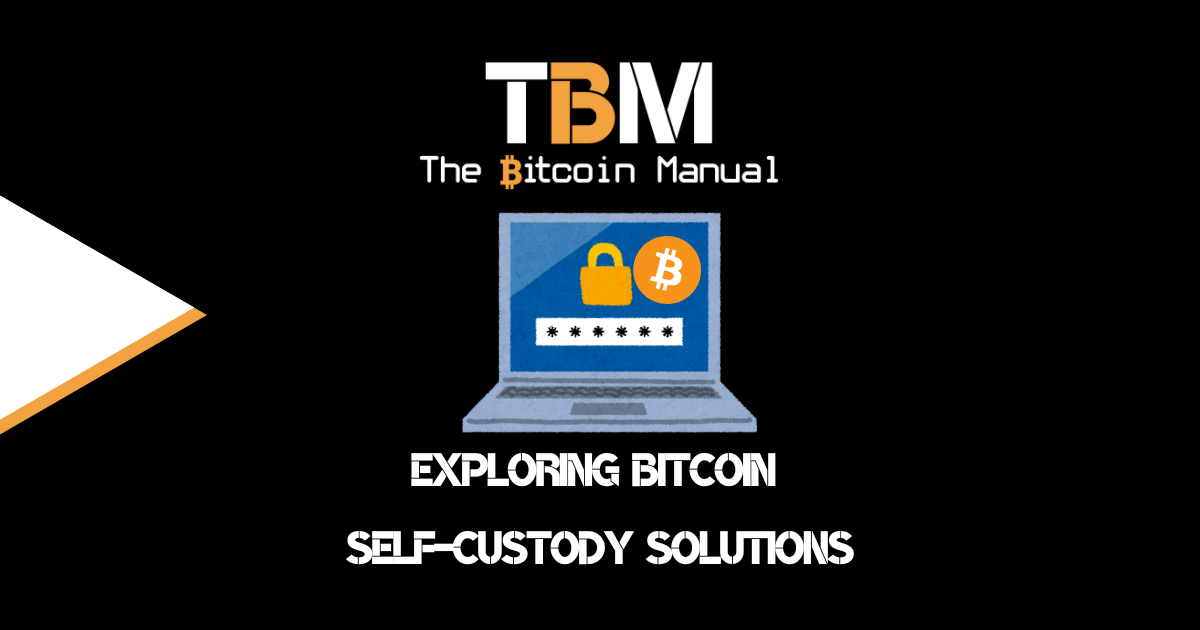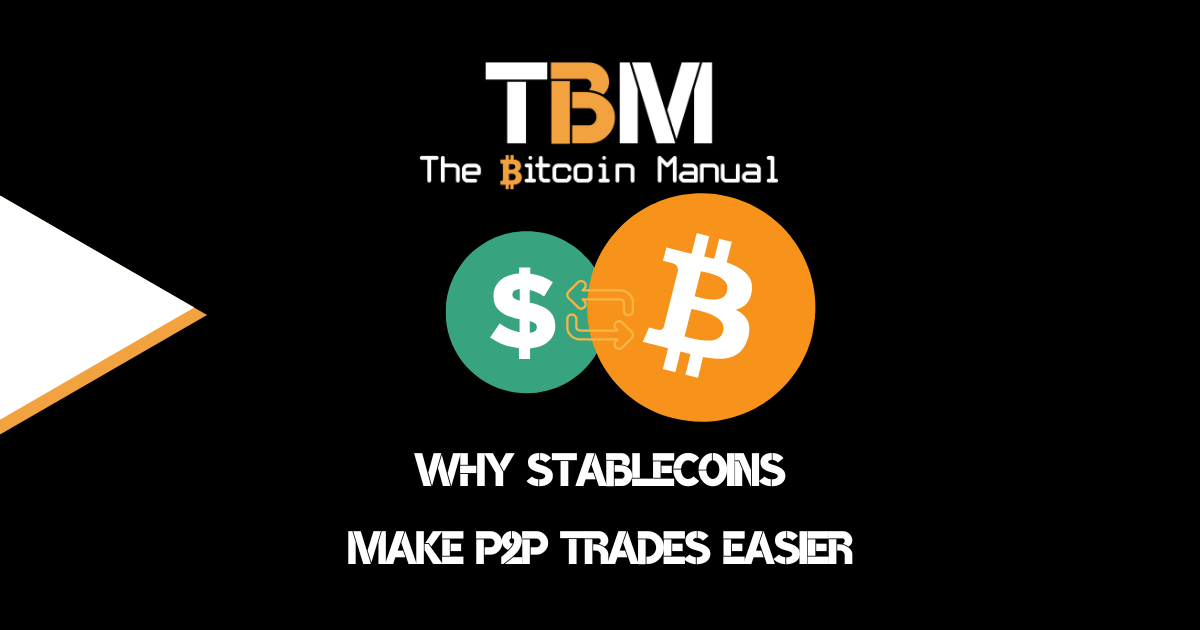The Lightning Network (LN) is a protocol designed to allow instant bitcoin transactions by removing the need to confirm each payment on the blockchain. The Lightning Network is still in its infancy, but it shows promise as a method of scaling bitcoin so that more users can make payments cheaper, faster and without having to leverage a custodian.
It is important to note that despite being a different protocol to the bitcoin base layer, the Lightning Network does not implement a new token but allows you to use bitcoin in a unique way that would not be possible on-chain. The network’s security is derived from on-chain Bitcoin transactions, which use smart contracts to enable instant, off-chain settlements.
The Lightning network, like its base layer, is also decentralised, permissionless, and open source, meaning anyone can build on top of it or provide possible improvements to the protocol.
Layers make trade-offs.
The Lightning Network is not a blockchain but a network of payment channels between Lightning nodes that create peer-to-peer connections by locking funds into the Lightning Network. By removing the need for a chain as its operations layer, users are effectively going “off-chain” and taking their funds with them.
Once funds are in the Lightning network, one can route payments based on the limits of that channel and can leave Lightning at any time by “closing a channel” to the bitcoin blockchain. Lightning enables many more bitcoin transactions per second at a far cheaper cost than doing standard on-chain Bitcoin transactions.
In practice, Lightning is meant to tackle the need for “day-to-day” spending, and with funds constantly being in a set of hotkeys and your balances constantly updated online, LIghtning has to make certain security and practical trade-offs.
As users take advantage of Lightning, those building on the network get real-time feedback and with it comes interesting findings, such as pain points, security flaws and new use cases. Some of that feedback will result in protocol changes that need to be standardised, so everyone using the network remains synchronised, and this is where BOLTs come into the picture.
What is a BOLT?
The Basis of Lightning Technology (BOLT) are specifications that describe the consensus rules and standards of the Lightning Network. The initial BOLTs provide developers looking to leverage the Lightning network with the core rules for developing products and services.
The standards established by the BOLTs allow different Lightning implementations, such as LND, eClair and c-lightning, to integrate and form a network.
As the Lightning Network continues to develop, the BOLTs are adapted and improved and additional BOLTs can be proposed should larger protocol changes come into play that would affect the interoperability of all lightning implementations. BOLTs set the open standard for all implementations to speak to one another, so they remain in consensus and don’t break off into different walled gardens.
BOLTs are to the Lightning Network as BIPs are to the bitcoin base layer.
Keep up to date with BOLTs.
To give you an idea of what BOLTs are and what has been done previously, you can check out the list below.
| BOLT Number | BOLT Name |
|---|---|
| BOLT #1: | Base Protocol |
| BOLT #2: | Peer Protocol for Channel Management |
| BOLT #3: | Bitcoin Transaction and Script Formats |
| BOLT #4: | Onion Routing Protocol |
| BOLT #5: | Recommendations for On-chain Transaction Handling |
| BOLT #7: | P2P Node and Channel Discovery |
| BOLT #8: | Encrypted and Authenticated Transport |
| BOLT #9: | Assigned Feature Flags |
| BOLT #10: | DNS Bootstrap and Assisted Node Location |
| BOLT #11: | Invoice Protocol for Lightning Payments |
| BOLT #12: | Offers and Static Invoices |
If you’d like to check out the complete list of BOLTs and their status, you can find them on GitHub.
Lightning continues to evolve.
Lightning Network has grown tremendously since it launched the mainnet in 2018, but many still believe it is in beta despite it being open to the public and settling millions in transactions each month. There are still adoption issues with Lightning being difficult to run non-custdoially when compared to the base layer.
Running lightning nodes requires some technical knowledge and has execution risk, so there remain some usability hurdles to overcome. However, there is no doubt that the hurdles to entry will disappear over time as the scale of development grows and as developers push through new BOLTs that tackle key issues in operation, performance and user experience.
As each BOLT adds either security or functionality, it also merges the Lightning Network with the base layer as it begins to ossify. Despite there still being upgrades planned for the bitcoin core network, we are now getting a feeling for what should be abstracted to second layers like Lightning, creating a complimentary environment that feeds off one another.
Are you a bitcoin and lightning fan?
Have you been using Lightning to make micro-payments? Stream sats or engage with apps? Which app is your favourite? Do you run a Lightning node? How do you handle channel rebalancing? Have you tried all the forms of Lightning payments? Which one do you prefer?
Let us know in the comments down below.




